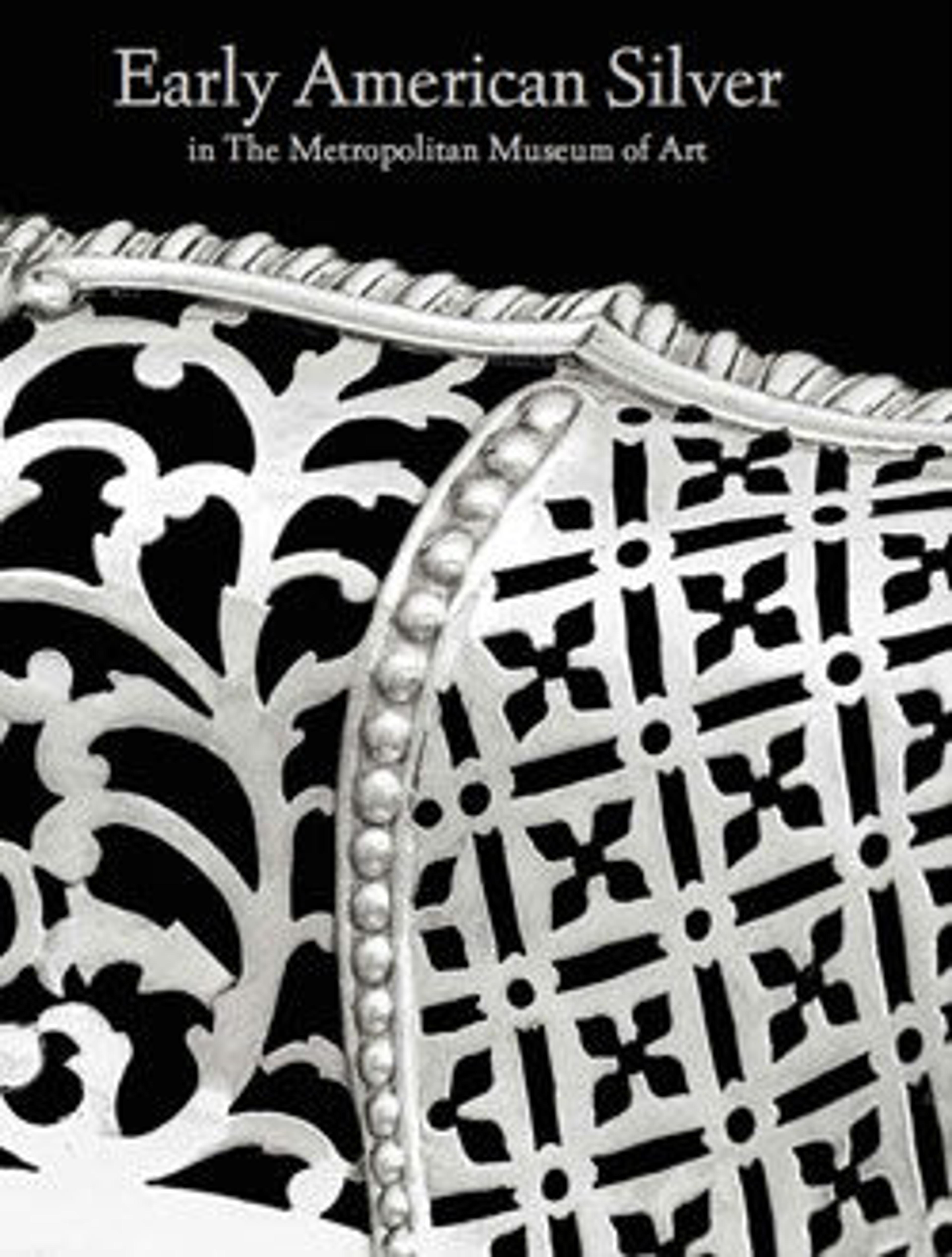Salver
During the 1760s and 1770s gadrooned serpentine rims replaced the scroll-and- shell borders characteristic of mid-eighteenth-century salvers (see cat. no. 39). Although unmarked, the present salver closely resembles examples made by several New York silversmiths, including Myer Myers, John Heath (1721–1806), Ephraim Brasher, and John Burt Lyng (active ca. 1761–1785). Its spirited and loosely rendered engraving particularly recalls objects marked by Myers, for instance a matching pair of salvers engraved with the Philipse family arms or a salver commissioned about 1770 by Maria Van Beverhoudt. David Barquist notes that Myers began to use this engraver around 1765 for his most important commissions and that the same craftsman appears to have engraved silver for several of Myers’s competitors. Probably an independent artist available for hire, the engraver remains unidentified.
Artwork Details
- Title:Salver
- Date:1760–70
- Geography:Probably made in New York, New York, United States
- Culture:American
- Medium:Silver
- Dimensions:1 1/4 x 7 7/8 in. (3.2 x 20 cm); 12 oz. 4 dwt. (379.4 g)
- Credit Line:Gift of Suzanne dePeyster and Valerie dePeyster, 1997
- Object Number:1997.489.6
- Curatorial Department: The American Wing
More Artwork
Research Resources
The Met provides unparalleled resources for research and welcomes an international community of students and scholars. The Met's Open Access API is where creators and researchers can connect to the The Met collection. Open Access data and public domain images are available for unrestricted commercial and noncommercial use without permission or fee.
To request images under copyright and other restrictions, please use this Image Request form.
Feedback
We continue to research and examine historical and cultural context for objects in The Met collection. If you have comments or questions about this object record, please contact us using the form below. The Museum looks forward to receiving your comments.
